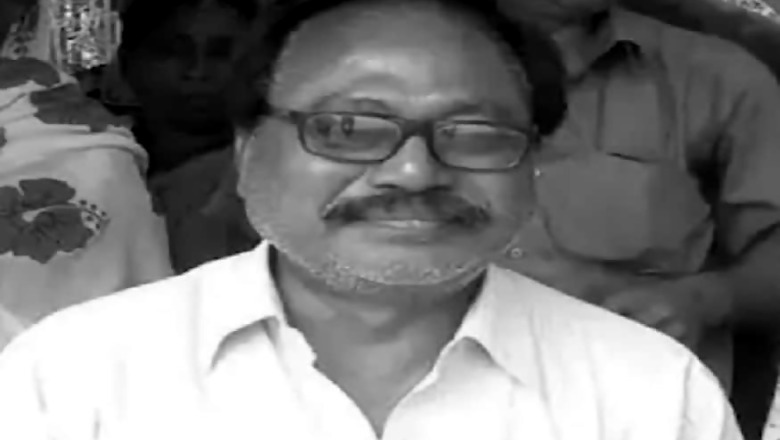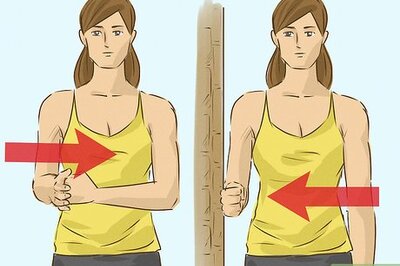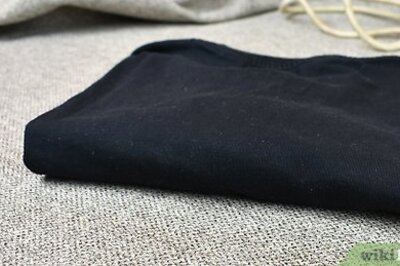
views
The initial post mortem report of Hemtabad MLA Debendra Nath Roy prepared by Dr Joydeep Roy, a Senior Resident of the Raigunj Medical College and Hospital, seems exhaustive and consistent with “ante mortem hanging and death due to effects of hanging” which the civil surgeon has concluded, except, it curiously misses out on some obvious but vital points.
Roy was found dangling from a nylon rope early Monday morning under mysterious circumstances close to his home in Bengal’s Uttar Dinajpur district.
The report makes detail observations about “oblique, non-contiguous” position of the ligature mark around the upper part of the neck of the deceased which pinpoints the position of the noose and even provides a subdermal dissection report of the same.
However, there is absolutely no mention of the position of the knot on the neck anywhere in the report, a necessary observation that helps detect whether a person has died of suicide or homicide.
The report states that there is no injury to the deceased’s vertebral column, that his hyoid bone and thyroid cartilage were intact, which is an unlikely scenario in suicide where the knot usually tends to slip to either the right or left of the perfect anterior or posterior position of the neck.
It is that slip which causes hyoid bone or the thyroid cartilage to snap causing traumatic spinal cord injury and subsequent death on account of cerebral hypoxia.
In exceptional cases, when the victim is a young person with strong bone structure, the vertebral column may remain unaffected and death may be caused by asphyxia.
But in the case of 65-year old Roy, who is bound to have developed calcification on account of his advanced age, the perfect posterior position of the knot, as found in the horrific visuals making rounds on social media, and no injury to his vertebral column, as mentioned in the autopsy report, raises uncomfortable questions.
In any case, the autopsy report should not have failed to mention the position of the knot and, by extension, should have ruled out homicide possibility in a sensitive case such as this which has already taken Bengal politics by storm. Except that it doesn’t.
The other big talking point in the report is, of course, the mark of pressure abrasion on the left hand of the victim left behind by a rope.
Curiously, the post mortem report provides no explanation for its presence which is surely not consistent with any suicide theory. We will try and explain why.
Roy was found hanging from a bamboo roof support of a tea stall, while his feet dangled in air, a few inches above the ground. His left arm was in a flexed position and the rope was tied around his wrist, almost over his knuckles -- the same one with which it was found hanging.
The apparent impression it gives is that the politician pulled himself up with the left hand, remained completely suspended in air until he lost consciousness and died.
“By any stretch of imagination that is not possible. It is not humanly possible to pull yourself up by means of one hand, lock the rope on the fulcrum, remain completely suspended and asphyxiate. There must be involvement of a second or third party to string someone in that manner,” confirmed a medical forensic expert on conditions of anonymity.
“Even in partial hanging, where a victim may die of asphyxia after he manages to tighten noose around the neck by pulling the rope with one arm, the arm would remain outstretched and the body would remain supported by the feet,” the expert added.
And if one wishes to believe that he took the fatal plunge from the adjacent low height boundary wall and hanged himself, there is no explanation to why he would need to tie his arm for that.
Net net, evidences available in public domain, including those offered by the post mortem report, leave enough reasons for the state police to investigate the possibility of a planned homicide of a people’s representative instead of enforcing the theory of “suspected suicide”.
It would be a shame if they choose to look the other way.
















Comments
0 comment